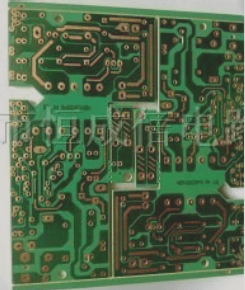Main Characteristics of Flexible Circuit Boards
- Economics of Flexible Circuits:
- If the circuit design is simple, volume is low, and space is adequate, traditional interconnection methods are more cost-effective.
- For complex circuits with special requirements, flexible circuits are a better choice.
- Flexible assembly is economical for applications exceeding rigid circuit capabilities.
- Flexible materials eliminate the need for connectors, reducing costs.
- Raw material costs are the main reason for the high price of flexible circuits.
- High-performance polyimide flexible circuits can cost up to 4 times more than rigid circuits.
- Automating processing with flexible materials is challenging, leading to lower yields.
- New materials and production processes are lowering flexible circuit costs.
Future of Flexible Circuits
- The flexible circuit industry is rapidly evolving.
- Polymer thick film method offers low-cost production on flexible substrates.
- These circuits are more cost-effective than copper polyimide film and rigid boards.
- Newer materials allow for precise lines and lighter components.
- Flexible circuit technology must keep up with market demands for smaller, complex circuits.
- Flexible circuits will continue to be essential in lead-free initiatives.

